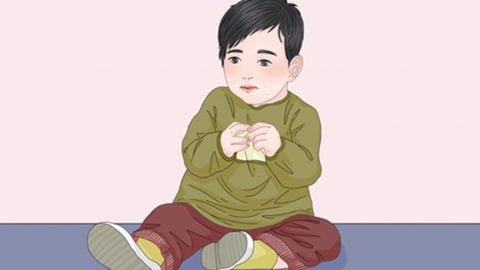Is a temperature of 37.2°C considered a fever in children?
Generally speaking, whether a child's body temperature of 37.2°C constitutes a fever needs to be comprehensively assessed based on specific circumstances. Normal body temperature varies among individuals, but 37.2°C may be at the borderline level, requiring consideration of factors such as the child's age, method of temperature measurement, and accompanying symptoms. If the child feels unwell, it is recommended to seek medical attention promptly. The detailed analysis is as follows:

If the child is young, the temperature was measured under the armpit, there was no vigorous activity, crying, or eating before the measurement, and there are no cold symptoms such as nasal congestion, runny nose, or cough, and the child is in good spirits with a normal appetite, then 37.2°C may be within the borderline of normal body temperature and not classified as a fever. In such cases, monitoring the temperature changes for now is advisable.
If the child is older, and the temperature was measured orally or rectally, or if there was vigorous running, prolonged crying, or consumption of hot food before measurement, and symptoms such as listlessness, poor appetite, or throat discomfort are present, then 37.2°C may be close to a feverish state. One should be cautious about further temperature increases and it is recommended to take another measurement properly after a 30-minute interval.
When measuring body temperature, ensure the child is in a calm state, choose an appropriate measuring instrument, and follow proper procedures. If multiple measurements show a continuous temperature rise or new symptoms appear, timely medical attention should be sought. During this period, ensure the child rests adequately, drinks warm water in moderation, avoids overdressing, and stays out of hot and stuffy environments to reduce interference from temperature fluctuations.




